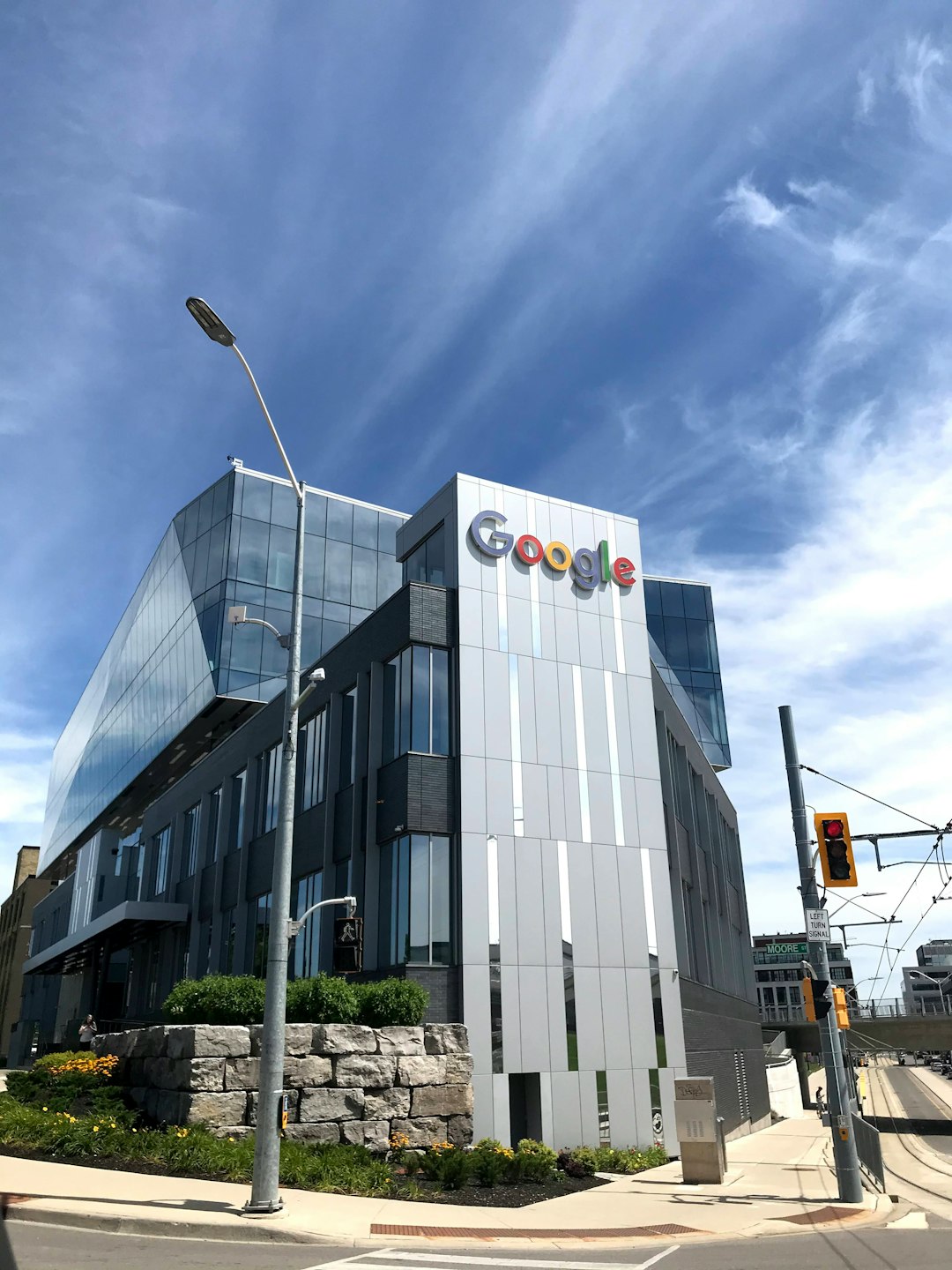Optimizing for Semantic Search: Understanding Google’s Knowledge Graph
In the rapidly evolving world of search engine optimization (SEO), staying ahead of the curve requires a deep understanding of how search engines like Google work. One crucial aspect of SEO is optimizing for semantic search, which involves leveraging Google’s Knowledge Graph to improve your website’s visibility and relevance in search results.
What is the Knowledge Graph?
In 2012, Google launched its Knowledge Graph, a massive database that stores vast amounts of structured data on millions of entities, including people, places, things, and more. This graph represents relationships between these entities, allowing users to access quick answers to their queries, often in the form of direct answers or “Answer Boxes” at the top of search results.
How does the Knowledge Graph impact SEO?
To optimize for semantic search, you need to understand how Google’s Knowledge Graph works and how it affects your website’s visibility. Here are a few key takeaways:
1. Entity-based searching: The Knowledge Graph is built around entities, which are the core objects of interest in a query. When users search for something specific, like “Apple” or “The Beatles,” they’re interacting with entities. Your SEO strategy should focus on identifying and optimizing for these entities.
2. Relationships matter: The Knowledge Graph is all about relationships between entities. This means that Google is looking for context, relevance, and connections between your content and the entities it’s trying to rank. By highlighting relationships through internal linking, semantic markup, and contextual content, you can strengthen your website’s relevance in search results.
3. Answer Box optimization: When users ask specific questions, like “What time does [store name] close?” or “Who is the CEO of [company name]?,” they’re looking for direct answers. Your SEO strategy should focus on providing accurate and concise answers to these types of queries.
Best practices for optimizing for semantic search
To optimize your website for semantic search and improve visibility in Google’s Knowledge Graph, follow these best practices:
1. Use schema markup: Adding schema markup to your website’s HTML tags can help search engines understand the context and relationships between entities on your site.
2. Create high-quality, entity-focused content: Produce well-researched, informative content that centers around specific entities. This will help establish your website as an authority in its respective niche.
3. Optimize for long-tail keywords: Targeting longer, more specific phrases (e.g., “best restaurants in [city name]”) can help you rank higher for Answer Box queries and drive more targeted traffic to your site.
4. Internal linking strategies: Use internal linking to connect related content and entities on your website, helping search engines understand the relationships between them.
Conclusion
Optimizing for semantic search requires a deep understanding of Google’s Knowledge Graph and its impact on SEO. By focusing on entity-based searching, highlighting relationships, and optimizing for Answer Box queries, you can improve your website’s visibility and relevance in search results. Remember to use schema markup, create high-quality content, target long-tail keywords, and leverage internal linking strategies to stay ahead of the curve.
For more insights on optimizing for semantic search, check out [Eikeland.ca](https://eikeland.ca), a comprehensive guide to understanding Google’s Knowledge Graph and how it affects your SEO strategy.
References:
https://eikeland.ca
